Pesticides on the peaks: Alpine study made the Top 25 of 2024 in Communications Earth & Environment.
Continue readingTop 25 papers of 2024: pesticides spread in an Alpine Valley



Pesticides on the peaks: Alpine study made the Top 25 of 2024 in Communications Earth & Environment.
Continue reading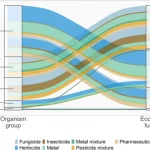
A new meta-analysis of 159 studies and 350 experimental observations offers key insights on the impact of chemical pollution on freshwater ecosystem functions
Continue reading
A new study on water monitoring data from a six decade period, highlights the challenges and opportunities of large-scale chemical monitoring and data analysis to assess environmental risks.
Continue reading
Master’s Student Tithi Paul walks us through the ETX1 Excursion that students take part in during the first semester. This excursion offers an interdisciplinary exploration of pesticide exposure, biodiversity conservation, and freshwater ecology through direct interaction with stakeholders and ecosystems.
Continue reading
Surface waters are polluted with a variety of contaminants, including synthetic pesticides. A study by Franziska Fiolka and colleagues from the RTG SystemLink in Landau, recently published in the journal “Chemosphere”, is the first to examine if repeated flood events lead to an increase in pesticide concentration in the riparian zone, including plant-feeding insects. It shows that pesticide concentrations in soil and nettle increase with an increase in flooding frequency, and further, that aphids feeding on contaminated riparian plants are able to take up these pesticides.
Continue reading
Modern agro-ecosystems are extensively contaminated with pesticides, but the effects of these chemicals on insect biodiversity are poorly understood. Jan Erik Sedelmeir reports in this blog post about a new study, carried out at the Department of Applied Entomology at the University of Hohenheim under the direction of Georg Petschenka.
Continue reading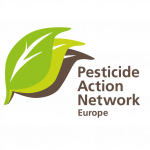
“Insects and other arthropods are disappearing at an alarming rate all over Europe and pesticides play a major role.” Recently the European Pesticide Action Network (PAN) interviewed Professor Dr. Carsten Brühl, specialist in ecotoxicology.
Continue reading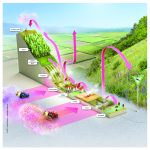
Landau, 12.03.2025 – A new study by the RPTU Kaiserslautern-Landau, published in Communications Earth & Environment, shows extensive pesticide contamination in the landscape of the Upper Rhine Region. Pesticides disperse across the entire landscape, contaminating soil, vegetation, and water far beyond agricultural zones. The findings shed new light on the potential environmental impacts of conventional agriculture. According to the researchers, pesticide use must be reduced urgently in order to protect non-target areas around fields, orchards and vineyards.
Continue reading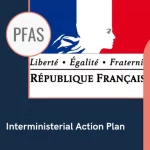
France has passed a new law that will ban PFAS in several products including clothing and cosmetics.
Continue reading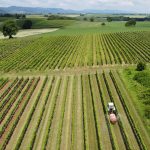
Landau, 21.01.2025 – In conventional agriculture, synthetic chemical pesticides are used in various crops such as arable farming, vegetable growing and viticulture. A study by the RPTU University Kaiserslautern-Landau, recently published in the journal “Scientific Reports”, is the first to examine pesticide contamination over the course of a year. It shows that substances can be detected not only during the spraying periods in the fields, but also throughout the year and in adjacent meadows. The impact of these chronically detected complex pesticide mixtures on the environment has not been sufficiently investigated and could be significant.
Continue reading